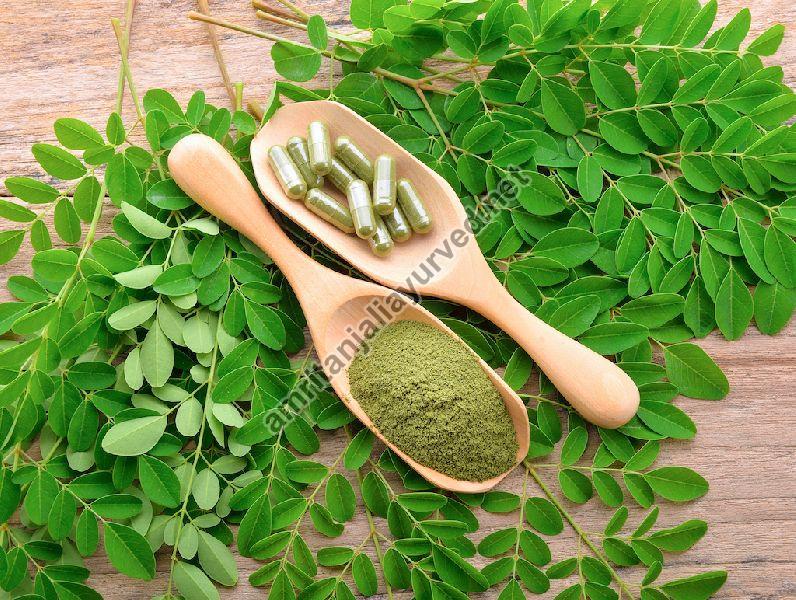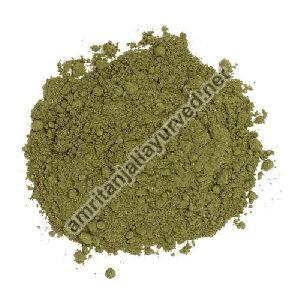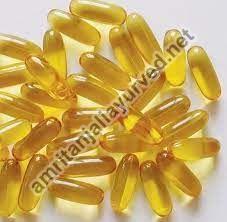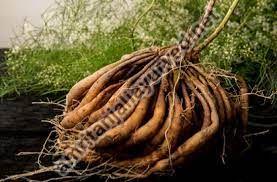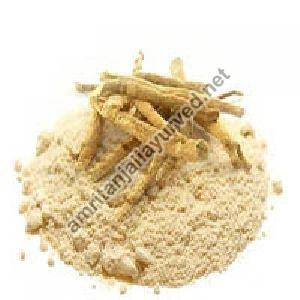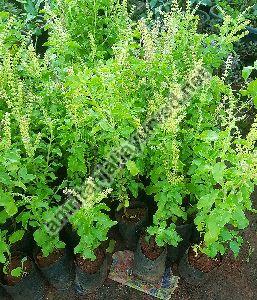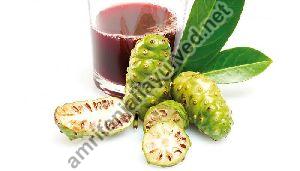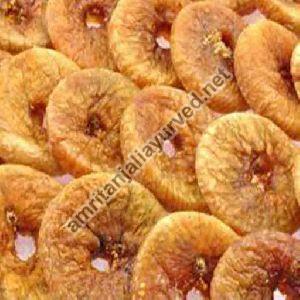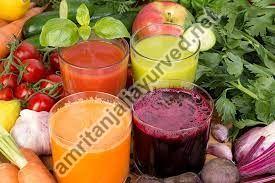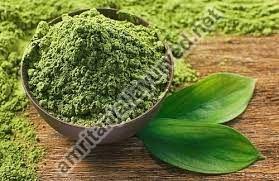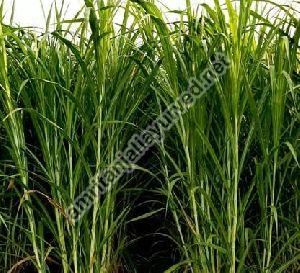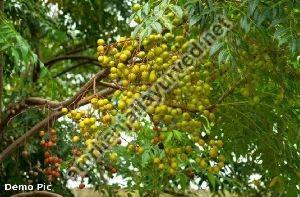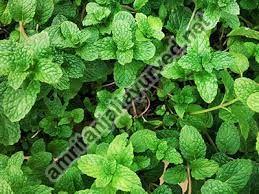Saheli Nagar, Udaipur, Rajasthan
- GST NO. : 08AAOCA7653C1ZJ
500 plant (MOQ)
| Business Type | Manufacturer, Exporter, Supplier, Retailer |
| Other Necessities | Full Sun Exposure |
| Soil Specific | Well Drained |
| Click to view more | |
Preferred Buyer From
| Location | Worldwide |
Product Details
Moringa oleifera Lamarck, originally from India, is widely distributed in many tropical regions; in the Pacific region (Aregheore 2002), in West Africa (Freiberger et al 1998; Lockett et al 2000), as well as Central America and the Caribbean (Ramachandran et al 1980; Foidl et al 1999).
It is a multi-purpose plant cultivated for medicinal applications and used as food and feed. Seeds of Moringa were extracted for oil and curry powder (Golh 1998) and have been used for cleaning water. In some places in Vietnam, Moringa leaves are used for food (Pham Hoang Ho 1970). Agronomic trials with Moringa (Manh et al 2003) show that the plant can grow well in hilly areas, in weathered soils of low fertility in Tinh Bien district, An Giang province. However, information about growth of Moringa in the acid soil regions of the Mekong Delta is almost absent.
Moringa foliage is known as a rich protein source, low anti-nutritional factors (Makka and Becker 1996). Moringa foliages is therefore a potential inexpensive protein source (Sarwatt 2004).
The aim of the present study was firstly to measure some agronomic characteristics of Moringa for biomass production and secondly to evaluate its use as a basal diet for goat production. A comparison between methods of feeding Moringa and Leucaena (by hanging the branches or putting them in the feed trough) was included in the study in view of the findings by Theng Kouch et al (2003) that hanging the branches of forage shrubs supported higher feed intakes and digestibility as compared with putting it in the feed trough.
Looking for "Moringa Leaf Plants" ?
Explore More Products


